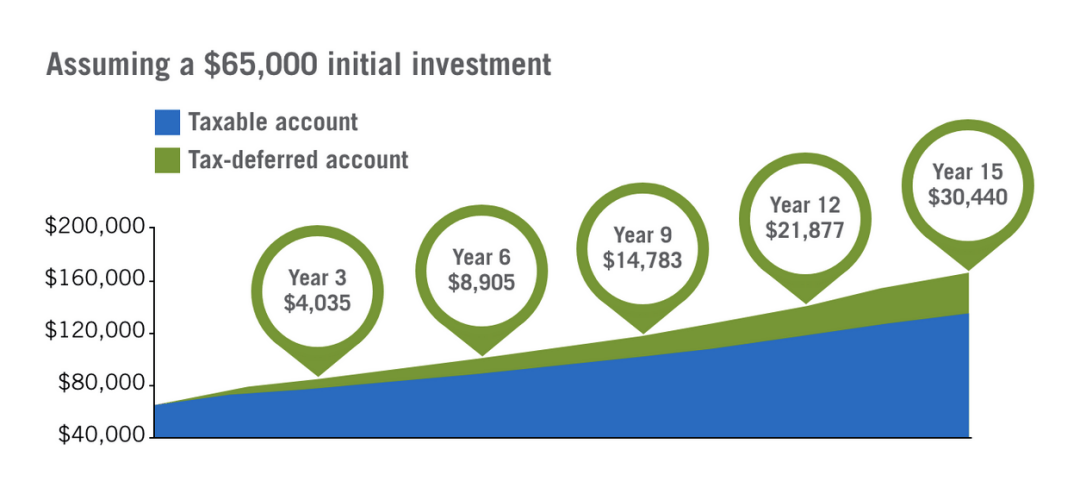The Ultimate Lighting Guide for Cannabis: Illuminate Your Way to Bigger, Better Buds
Lighting is crucial to the growth of cannabis, which is both a science and an art. Proper lighting not only impacts plant growth, but also influences the potency and yield of your cannabis buds. We'll go over all you need to know about lighting for cannabis production in this in-depth guide, assisting you in illuminating your path to bigger, better buds. However, before you start with growing, it’s important to select quality cannabis seeds to ensure the best possible product at the end. Feminized cannabis seeds, for example, are an excellent choice as they produce almost exclusively female plants, ensuring higher yields and eliminating the need to identify and remove male plants that could potentially pollinate and reduce the quality of your harvest.
Understanding the Cannabis Light Spectrum
Photosynthetically active radiation (PAR) is the range of light wavelengths that plants use for photosynthesis. In cannabis cultivation, it's essential to provide your plants with the right balance of light from the PAR spectrum, which includes blue, red, and far-red light.
Blue Light and Vegetative Growth
Blue light (400-500 nm) plays a crucial role in the vegetative stage of cannabis growth, promoting healthy and compact plants. According to research from the University of Guelph, increasing blue light exposure can lead to shorter internodal lengths and more branching.
Red Light and Flowering Stage
Red light (620-750 nm) is vital for the flowering stage, as it encourages bud development and increases yield. Studies have shown that red light is essential for initiating the flowering response in cannabis plants.
Far-Red Light and the Emerson Effect
Far-red light (700-800 nm) is also important in cannabis growth, as it contributes to the Emerson effect. This phenomenon occurs when plants exposed to both red and far-red light experience an increase in photosynthetic efficiency. A study by Emerson and Lewis found that this effect can lead to faster and more vigorous growth in plants.
Types of Grow Lights
There are numerous varieties of grow lights, each with unique benefits and downsides. Let's focus on the most well-liked choices.
Fluorescent Lights (CFLs and T5)
Compact fluorescent lights (CFLs) and T5 tubes are affordable and energy-efficient options for small-scale cannabis growers. They produce a balanced light spectrum, making them suitable for both vegetative and flowering stages. However, their light intensity is relatively low, which may result in reduced yields.
High-Intensity Discharge Lights (HID)
Metal Halide (MH) and high-pressure sodium (HPS) lights are high-intensity discharge (HID) lamps that produce intense light, making them ideal for larger grow spaces. MH lamps provide a blue-heavy spectrum, while HPS lamps emit a red-dominant spectrum. Many growers use a combination of both for optimal growth and flowering. However, HID lights are less energy-efficient and produce more heat compared to other options.
Light Emitting Diode (LED) Lights
LED lights are rapidly gaining popularity in cannabis cultivation due to their energy efficiency, long lifespan, and customizable light spectrum. They produce less heat than HID lights, reducing the need for extensive cooling systems. However, high-quality LED grow lights can be more expensive upfront.
Ceramic Metal Halide (CMH) Lights
CMH lights are a type of HID light that combines the benefits of both MH and HPS lamps. They offer a full-spectrum light output, high-intensity, and energy efficiency, making them an attractive option for many cannabis growers.
Choosing the Right Grow Lights for Your Setup
When selecting grow lights, consider the size of your grow space, the intensity of the light needed, your budget, and energy consumption. You may make a decision that best meets your needs by balancing these aspects.
Determining the Size of Your Grow Space
Measure the dimensions of your grow space to determine the total area that needs to be illuminated. Larger grow spaces require more powerful lighting systems, while smaller spaces can benefit from lower-intensity options.
Matching Light Intensity to Your Plants' Needs
Different stages of cannabis growth require varying light intensities. During the vegetative stage, cannabis plants need lower light intensity, while the flowering stage requires higher intensity for optimal bud development. Ensure your chosen lighting system can provide the appropriate intensity for each growth stage.
Considering Your Budget and Energy Consumption
Factor in the initial cost of the lighting system as well as its ongoing energy consumption. While LED and CMH lights may have higher upfront costs, their energy efficiency can save you money in the long run. On the other hand, HID and fluorescent lights tend to be more affordable initially but consume more energy.
Balancing Light Spectrum for Different Growth Stages
For both the vegetative and blooming stages of cannabis growth, use grow lights that offer the ideal ratio of blue, red, and far-red light. It is simpler to fine-tune the lighting settings for each growth stage when using lighting systems that let you alter the light spectrum, such as LEDs.
Adjusting Light Conditions for Different Strains and Growth Stages
Researching the particular demands of the strains you're growing is vital because different cannabis strains may have different lighting requirements. Make any necessary modifications to the light intensity and spectrum as your plants move from the vegetative to the flowering stages to guarantee they receive the best illumination possible.
Conclusion
Proper lighting plays a significant role in the success of your cannabis cultivation efforts. You'll be well on your way to producing bigger, superior buds by comprehending the cannabis light spectrum, selecting the appropriate grow lights for your setup, and carefully monitoring and modifying your lighting conditions.
Never forget that every grow area and plant is different, so don't be afraid to try new things and modify your lighting strategies to best meet your requirements.







News Comments
This is so typical of a sign in, which we should not have to do to check if we or some one in our party got a permit. I have been working or "creating an account" for 30 minutes and just get the same ...
Smith River permit drawing results available
Sunday, Mar. 10, 2024
I have struggled with this podcast and my own participation therein, the event itself obviously traumatic, but beyond that my inability to reach anyone and convey anything resembling truth. The person ...
Billings, MT Case Becomes True Crime Podcast | 'An Absurd Result'
Marktokarski
Saturday, Jan. 20, 2024
Why not leave those cheerful, colorful garlands up longer? What’s the rush?
Main Street Closed Jan 2
Saturday, Dec. 30, 2023
You do not have the authority to determine what may or may not be sensitive lands! This is an example of extreme overreach on your part.
City of Bozeman, Gallatin County Adopt Sensitive Lands Protection Plan
Friday, Dec. 22, 2023